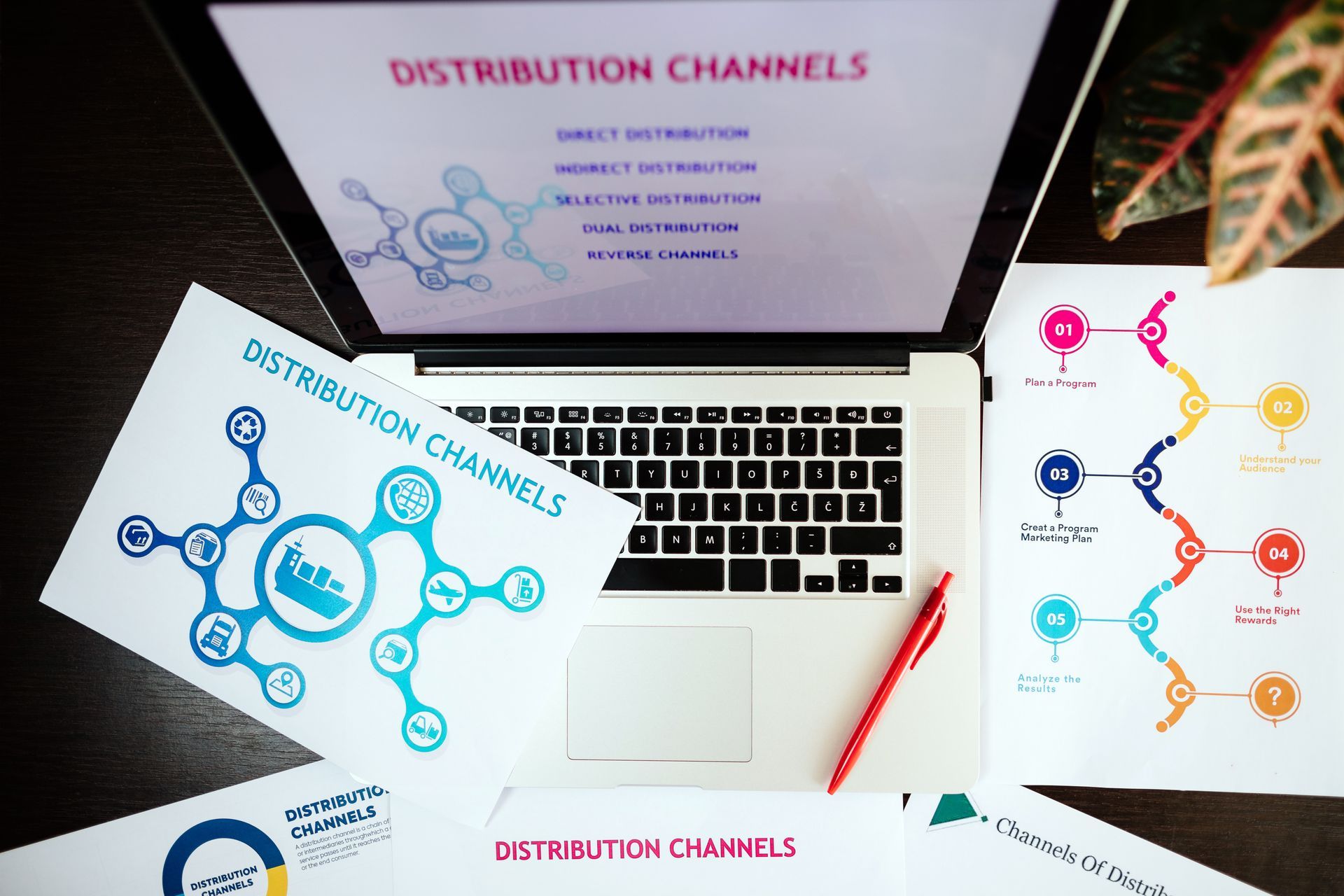Transform your business growth with a unified view of customers
Over the past couple of years, the ecommerce industry has soared. It has surged manifolds since the pandemic has hit the world. Case in point, the world is going to witness further e-commerce penetration in the upcoming years. As per Statista, revenues from e-commerce in the United States skyrocketed to $431.6 billion last year. By 2025, it will continue to surge to $563.4 billion.
The ecommerce industry is constantly changing and creating opportunities for companies to sell new products and personalized services that can grow their business. In this blog, we’re going to discuss why having a unified view of your customer can fuel growth and help you stay ahead of the competition. Adding personalization to your marketing strategy resonates with customers on a deeper level and can create a connection with your brand because you are paying attention to what is relevant to them and targeting them with products they are most likely to buy.
Analyzing consumer behavior and past purchases provides valuable insights into what they buy, when they buy, and how they buy, and over time, as you collect data, you can build a profile of the individual and better understand what leads them to make a purchase or sign up for a service or how they engage to your brand.
Getting a unified view means collecting your customer’s touchpoints like purchase history, interactions on social media, website activity, demographic and behavior patterns, and bringing it all together in a Unified Data Platform that will accurately break it down into valuable insights that can turn into selling opportunities.
Benefits of a unified view
A unified view can give you details that can improve the shopping experience for your customers. A data platform can share how the customer uses your site or store, what products they searched for, deals they clicked on, and why they may have abandoned their cart. Knowing why customers do not complete a purchase can shed light on ways you can improve their online experience with your brand. Here are common questions marketing managers face:
- What advertisement led them to your site in the first place, and on what publisher? Google, Facebook, Email?
- Was the ad relevant to the content on your website?
- Is your ad confusing and causing customers to leave right away?
- Are you promoting an advertisement for products that are no longer in stock?
- What products are the top sellers?
A unified view of your customer can tell you where you need to adjust your strategy, is it messaging in your ads, landing pages, or maybe a marketing channel is outperforming for your particular audience.
You may be thinking, my company tracks this already, and it’s possible. But is it in a unified view, or is it spread out across different teams and systems that are not in sync with each other? This requires a group effort to decipher and bring fragmented data together in a spreadsheet that only shares the problem, leaving you or your teammates to determine where and how to drive more engagement and sales.
A unified data platform like LayerFive will track and measure your customer’s data and make predictions on how you can adjust your strategies to hit your marketing and sales goals. It will connect the different pieces of data and give you a complete and comprehensive view of your customer. You can then customize highly targeted and personalized ads that reach them on their preferred channels and when the buying intent is the highest.
Your customers have evolved and adopted online and mobile ways to buy products, and with the right data platform in place, you can keep your customer profiles updated and fill in missing details of individual shoppers.
Additionally, having one platform allows digital marketers to become more productive and implement strategies that drive growth instead of spending time consolidating data that’s rapidly changing by the day.
With a unified view, they can:
Act quickly: A 360-degree view of customers offers real-time visibility to their ecommerce business, enabling them to make quick data-driven decisions and take action as soon as possible.
Real-time access to information: With a unified view, you can now access information on a real-time basis—no more data delays.
Tailor-made recommendations:
Better understand your customer base and provide personalized product and service recommendations. You can now identify prices and promotions that the customers receive and measure which ones are over and underperforming.
Data can give marketers the insights to create effective loyalty programs, improve underperforming marketing campaigns, and exploit opportunities in areas that give you the advantage.
Contact LayerFive to learn more about how you can benefit from a Unified Data Platform.
You might also like:




